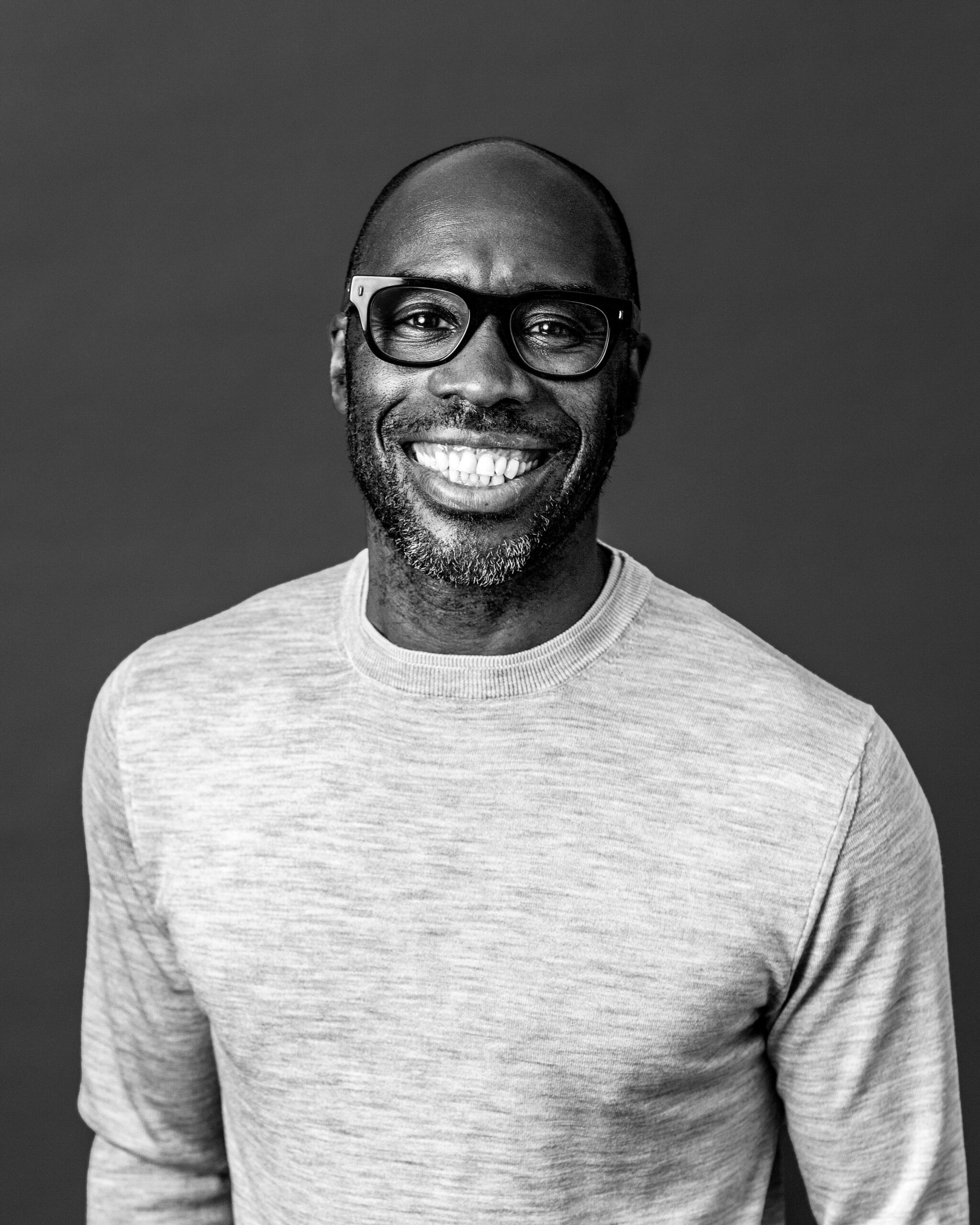 Succeeding online used to be about launching web sites. Dot com and done! Fast forward twenty years and web sites are just one of many touch points competing for consumer attention. In addition to web sites, newsletters, catalogs, blogs, kiosks are also important assets within a brand’s overall owned media portfolio. Why owned? Because owned media assets are things directly controlled by the brand. Nobody else. However, owned media remains unclear and misunderstood by many. That’s not surprising given the messy, complex and overlapping relationship owned media has with other types of media, namely paid and earned. But what is becoming increasingly clear is the need to own your owned media to succeed online today. Let’s get a little deeper into this.
Succeeding online used to be about launching web sites. Dot com and done! Fast forward twenty years and web sites are just one of many touch points competing for consumer attention. In addition to web sites, newsletters, catalogs, blogs, kiosks are also important assets within a brand’s overall owned media portfolio. Why owned? Because owned media assets are things directly controlled by the brand. Nobody else. However, owned media remains unclear and misunderstood by many. That’s not surprising given the messy, complex and overlapping relationship owned media has with other types of media, namely paid and earned. But what is becoming increasingly clear is the need to own your owned media to succeed online today. Let’s get a little deeper into this.
The Four Medias
| Media | Description | Examples |
|---|---|---|
| Paid | Advertising and Sponsorship: you pay to deliver content to an audience | Ads that target specific audiences |
| Earned | Public Relations and Word of Mouth: you earn coverage and exposure from reporters and influencers | Press releases and influencers that increase mindshare. |
| Owned | Ownership: you have direct control over the touchpoint | Web sites, blogs, newsletters, catalogs, etc |
Social media is the fourth. It’s definitely different. Social media is really a mash-up of owned and earned media. Brands own the social media channels to reach their audiences, constantly trying to earn shares and gain mind share through word of mouth.
Social media is actually an owned media strategy for the major social networks themselves such as Facebook, Twitter, Instagram, etc. Think about it. These social media networks own the platform. They control all the media assets on their platforms. Brands don’t. Instead, brands rent social media and are at the mercy of their landlords that lease them space on their platforms. Brands don’t control the experience. They don’t have full access to the data. In fact, in some cases brands are charged a premium to gain access to the audiences they’re nurturing. In short, brands are not in control of the media assets across social media. This is both stupid and uncompetitive if left unchecked.
Owned Media Platforms
It’s all about control. If you exist online, you have a web site. A web site is an owned media asset under your stewardship. Larger brands have multiple web sites. As they grow, their web estate tends to proliferate with owned media assets of different shapes, sizes and types. It’s not uncommon for larger organisations to manage web estates with digital properties in the thousands. Web estate growth seldom happens in a controlled fashion. So, in order to periodically re-take ownership of their sprawling owned media assets, brands rationalise, consolidate and re-platform them onto single owned media platform. The benefits are well-documented:
- Brand consistency
- Reduced production costs
- Faster time to market
- Global reach
- Interactions at scale
Owned media assets need a owned media platform for effective management. They need a home. Of course, this all makes perfect sense until we start to grapple with the operational challenges. To truly adapt to and adopt owned media platforms for sustainable and systemic change across the business, we need to solve for RAG:
- Reuse. It’s a difficult to share content and data for the same owned media asset type (e.g. websites), before we even try to reuse between different asset types (e.g. websites and emails and newsletters).
- Agility. The ability to adapt and adopt to market changes requires both a stable platform upon which to continuously respond at speed to business needs. Being agile means finding that balance between stability and speed.
- Governance. We need scale to succeed. Scale requires fast and devolved decision making within local markets by following globally agreed standards and policies approved centrally.
Getting you RAG means deploying the right talent within an organisation undergoing transformation. This is the challenge of challenges.
Own Your Owned Media
So what’s the plan? Brands need to craft with their own owned media strategy. Figure out how web sites, newsletters, catalogues, blogs, and other owned media assets are used to:
- Facilitate the value exchange between producers and consumers
- Leverage data to personalise experiences for their target audiences
These owned media strategies must connect across paid, earned and social media strategies. Use paid to build awareness. Tap into earned for exposure across traditional channels and push social to scale digitally across people networks.
This integration with paid, earned and social makes owned media strategies complex. But owned media is on the rise again. It requires vision and dedicated time and resources to execute effectively. Mark Bonchek hits the nail in his HBR article making sense of owned media:
It is much easier to create an ad campaign, make a media buy, refresh your web site, or execute a PR program. But the future of engagement is about regaining control over your data, disintermediating the current channel owners, and creating ongoing relationships with customers beyond individual transactions.
You have to step up to better manage what you own. Make the case for owning your owned media and connect it across the relevant media types. Outsourcing your data is not a long term, sustainable strategy. Bring it back. Own it. Grow it. Use it. Monetize it. Supercharge your owned media assets by enriching them with data so that they are meaningful and relevant both to the masses and down to an audience of one.
In short, own your owned media.

